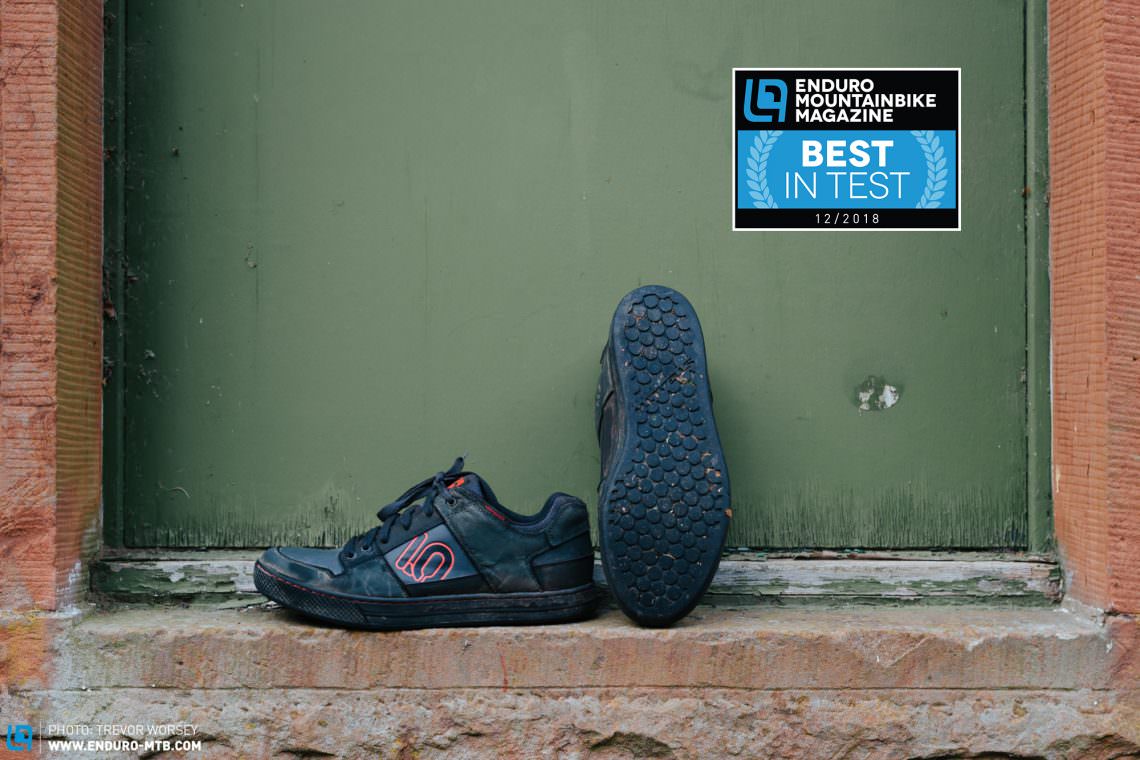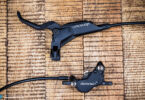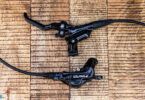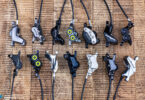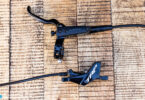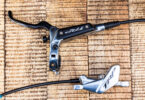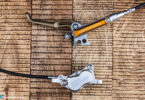For the flat pedal rider, the winter months can be harsh on your piggies as, while clip riders are spoilt for choice with insulated and waterproof dream boots, flat pedal aficionados are just lucky not to have holes in their shoes. Strange that the industry hasn’t caught on to this as flat pedals make sense for slow and slippery Winter conditions.
Do you prefer clipless pedals? Click hear to learn more about the best clipless MTB winter shoes you can buy
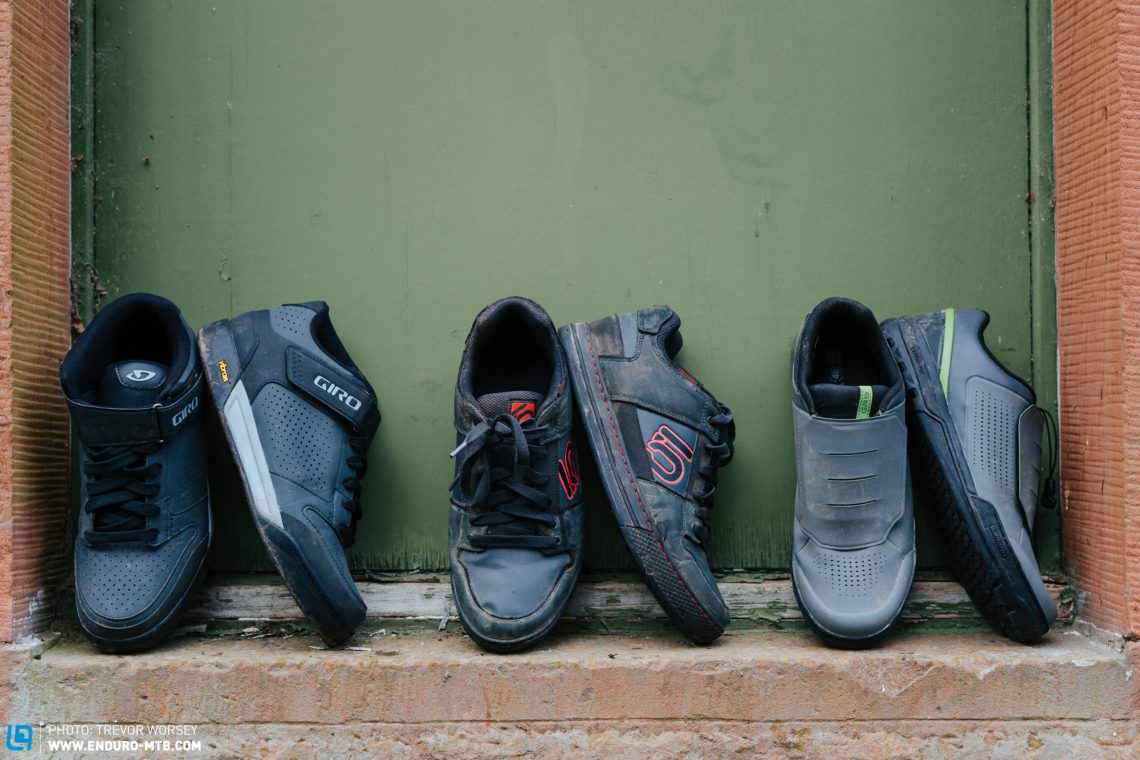
What makes a good winter flat pedal shoe?
Arguably, the most important feature on a good flat shoe is the sole compound; it needs to be grippy in the wet and remain tacky in freezing conditions. Second on our list would be fit; a wider toe box and adjustable closure mean that your shoe can accommodate thermal or waterproof socks without cutting off circulation to your feet. Also on our wish list would be a waterproof barrier, whether a membrane or a sealed outer material keeps wind chill and water out and some form of insulation to add warmth.
All winter shoes will get soaked at some point, so a waterproof liner does have a downside in that, once water has run down your leg and filled up your boot, it stays full of water. While shoes with holes in might let the water in, they also allow drainage meaning that your shoe will be lighter. so having a shoe that drains well or stays light when saturated and then dries quickly so you can ride the next day, is also a factor to consider.
There are very few no winter specific flat shoes available on the market, so we found three which had features that would appeal to winter flat shoe riders to see which model was the most suitable.
Water absorption and drying time: how we test
Riding in winter inevitably means that you will get wet feet at some point. Shoes, therefore, need to absorb as little water as possible to keep the weight low and to dry quickly, so that you can ride again asap. To simulate this and discover which shoes performed the best, we weighed each one dry, then dipped it in 3 cm of water to see how wet you’d get if you stood in a puddle. Next, we submerged the shoe for 30 seconds, then drained it for 30 seconds before weighing it again to see how much water each boot absorbed. We took the insoles out and left them at a constant 20 c for 24 hours before weighing them again to see how much water was lost to evaporation.
| Shoe | Dry weigh1 | Weight after puddle test2 | Percentage increase after submersion3 | Percentage of water evaporation4 |
|---|---|---|---|---|
| Five Ten Freerider Elements | 1060 g | 1086 g | 21.1 % | 50 % |
| Shimano SH-GR9R | 831 g | 882 g | 29.5 % | 36 % |
| Giro Riddance Mid | 1175 g | 1175 g | 32.1 % | 34.5 % |
1: Size 46 | 2: Height of water: 3 cm | 3: 30 sec drip | 4: after 24 hrs at 20° C
Tops & Flops
Tops


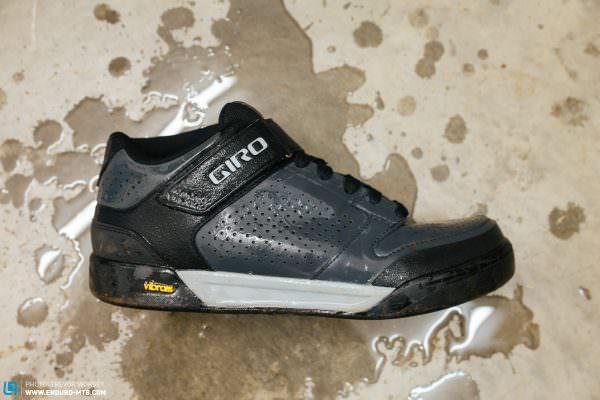
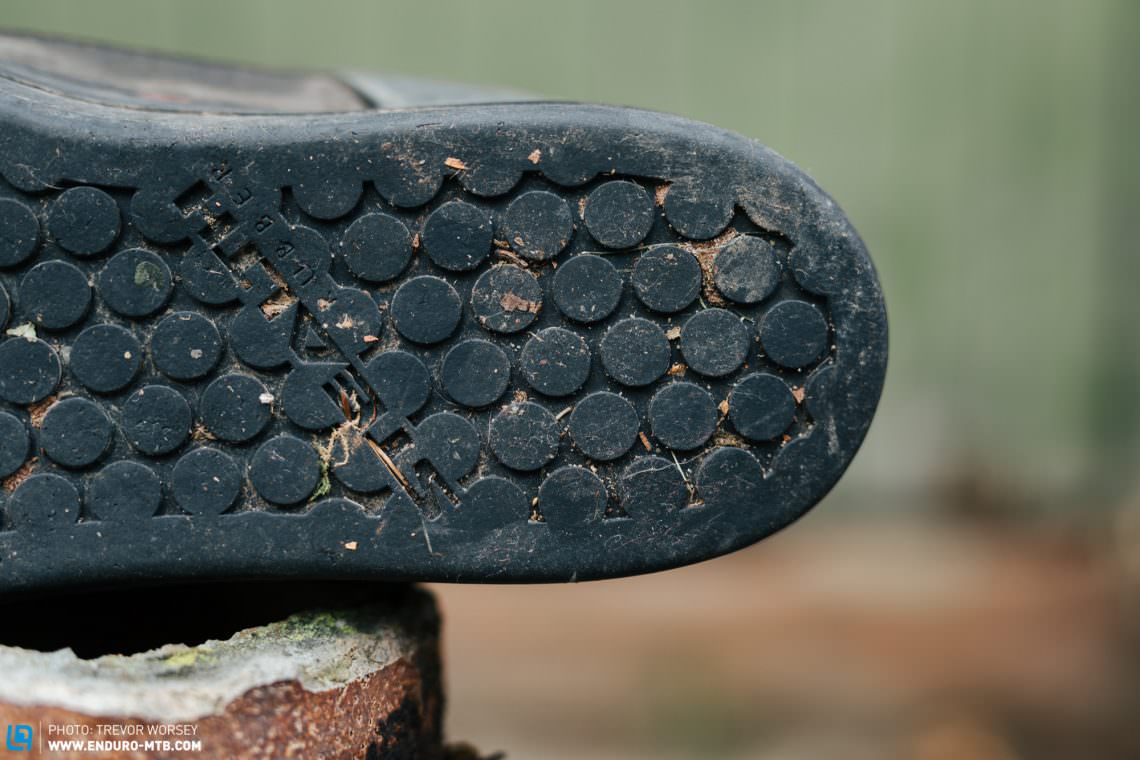
Flops
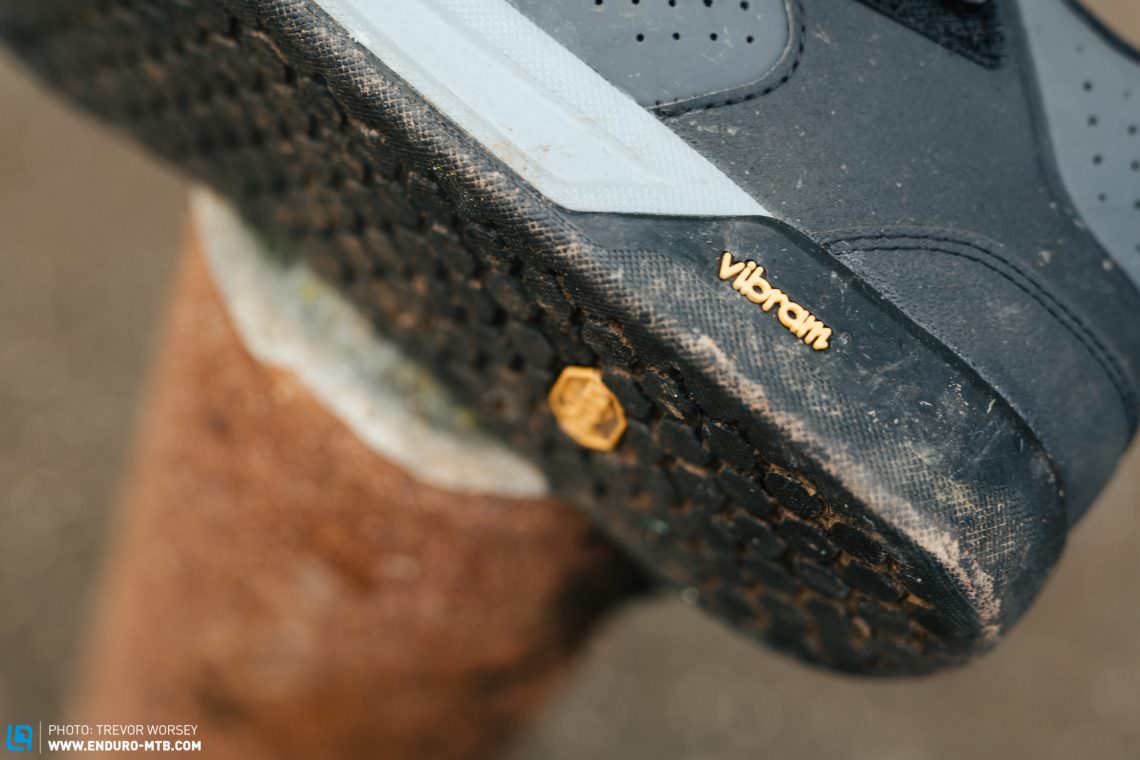
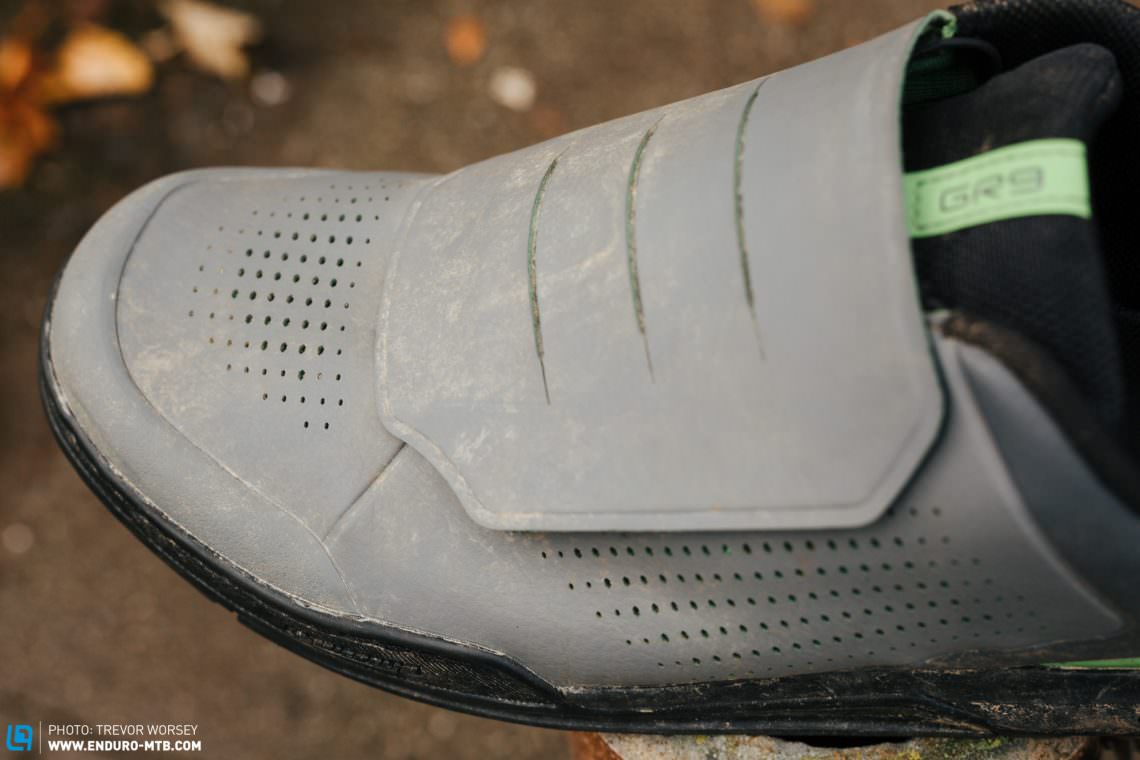
Conclusion
It is prophesied that a champion will come forth to successfully challenge the dominance of Five Ten in the world of flat pedal shoes. The Giro Riddance looks great and fits well but Vibram soles remain too hard to be good in anything other than warm and dry conditions, Shimano’s GR9 is undeniably a great shoe and the Michelin sole is a real improvement over the AM7 but, having decided to put holes in it, the GR9 loses the battle against winter to the grippy, water resistant and quick drying, Five Ten Freerider Elements.
